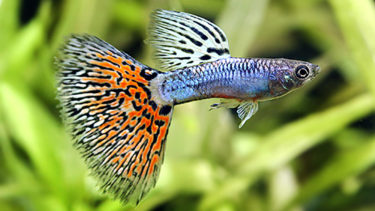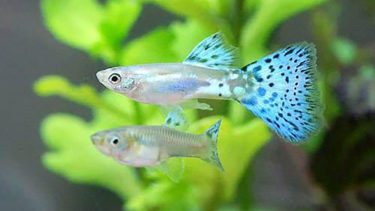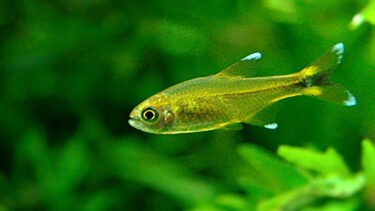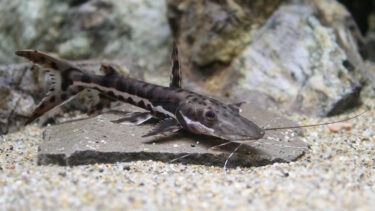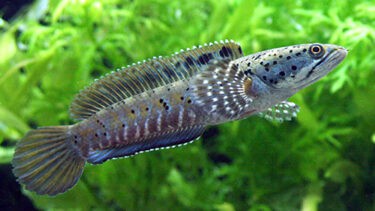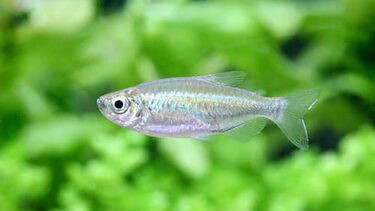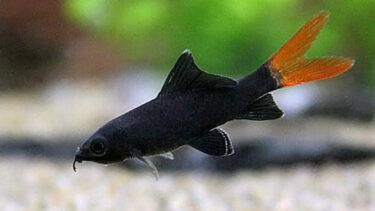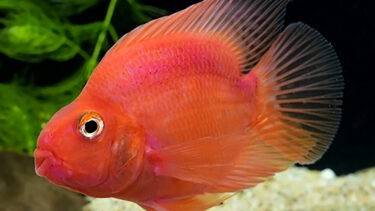Guppies, when you go to a specialty store to look at guppies, you may find both imported and domestic guppies for sale. Also, there are so many types of guppies that it is very easy to get lost. In this article, I would like to explain in detail the types of guppies and where they come from.
Place of origin of guppies
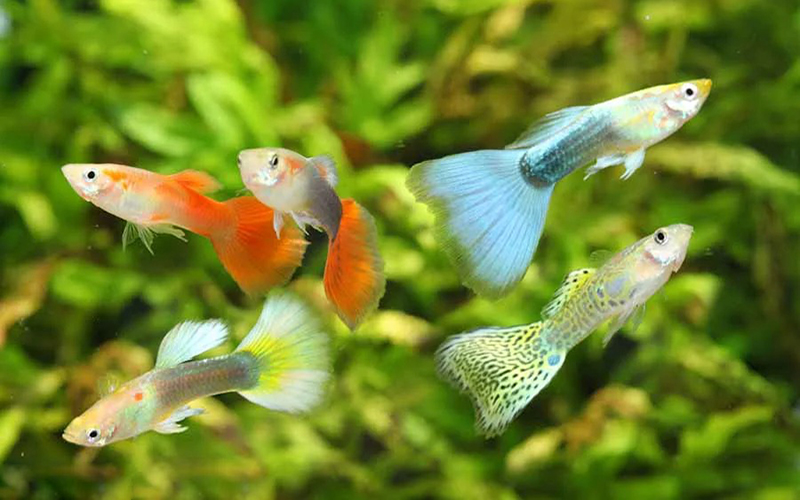
About Imported Guppies
When you go to a specialty store to try keeping guppies, you may find two types of guppies for sale: "imported" and "domestic. Each has its own merits and demerits.First, the advantage of imported guppies is that they are inexpensive. Imported guppies are farmed in Southeast Asia and imported and sold in Japan. By cultivating guppies in temperate regions such as Southeast Asia, unnecessary costs (heaters, tanks, etc.) can be reduced, which is the reason why guppies can be sold at low prices.Also, between "imported guppies" and "domestic guppies," imported guppies have by far the greater number of species available in stores. One disadvantage is that there are many types of guppies that are not as good as there are many varieties. Individuals with poor coloration and those with tattered tail fins tend to be more common than domestic guppies. However, some specialty stores do not separate out the bad ones and put them on the shelves, so it varies from store to store. For these reasons, imported guppies are recommended, especially for beginners and those who want to mix various species in their aquariums.
About Domestic Guppies
Next, let's look at the advantages and disadvantages of "domestic guppies"The first advantage is that they are bred in Japan. The first advantage is that they are raised in the Japanese environment and often bred with time and care, which is why they are said to be very hardy and death-resistant. However, it should be noted that even though they are hardy, it does not necessarily mean that they will not die. The biggest advantage of domestic guppies is that the characteristics of each species are expressed to the maximum extent.For example, in the case of imported "German Yellow" guppies, the border between the characteristic yellow and white body colors may not be clearly visible, or the yellow portion may be very pale, making them not very good as "German Yellow. However, in the case of domestic guppies, the characteristic yellow and white coloration of the "German yellow" is clearly visible, and each coloration is assertive but does not fight with each other. This difference is so great that most people can tell the difference when they actually see it. The reason for this difference is that in the case of imported guppies, "German yellow" individuals (regardless of whether they are very good or bad) are put into the breeding process in a uniform manner, which causes individual differences to emerge. In the case of domestic guppies, we select individuals with good characteristics from among the "German yellow" individuals and use them for breeding. After two or three generations of this process, they are distributed. This is the reason why individuals with the characteristics of the breed are distributed. However, recently, there are cases in which the guppies are sold as domestic guppies without this process, so care must be taken. The disadvantage is that the price is two to three times higher than that of imported guppies because the breeding environment and the process of breeding are very time-consuming. Also, because of the time and effort required to breed popular varieties, the variety of domestic guppies is considerably less than that of imported guppies. For these reasons, domestic guppies are recommended, especially for those who are particular about guppies or those who want to breed only a single species.
The guppy is a tropical fish native to Central and South America, belonging to the guppy genus of the caddisfly family Caddisflies, and has a very different tail fin shape and body pattern depending on the species. In this article, I would like to explain in detail the characteristics of the guppy and how to keep it. The guppy [...].
When you go to a specialty store to look at tropical fish, you may be surprised at the large number of species available. The prices are different, as are the sizes and appearances, so it is difficult to know what to choose based on. In this article, I would like to explain in detail about the different types of tropical fish. Classification of tropical fish Ca[...]
Types of guppies
flamingo
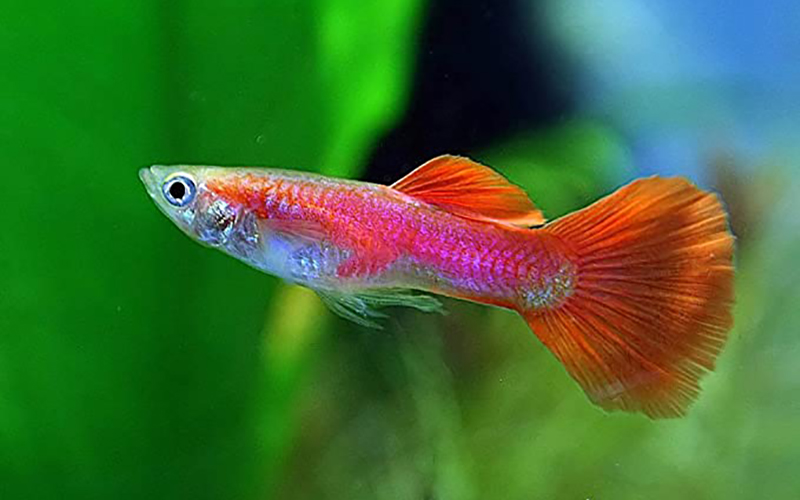
The flamingo guppy is a species characterized by its red body. It has been a popular species for a long time and is sometimes called the "golden redtail.
full red
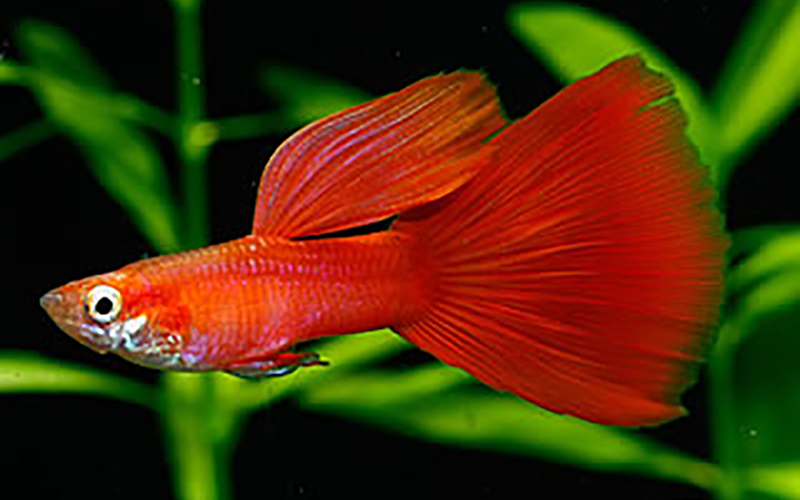
The Full Red Guppy, as its name suggests, is a species characterized by its entire body being red. The difference from the above "Flamingo Guppy" is that the Flamingo Guppy has a white abdomen, while the Full Red Guppy has a red abdomen. Recently, the distribution of this species has been increasing.
blueglass

The Blue Grass Guppy is characterized by its bright blue (light blue) body color and black grouping (glassy pattern) on its tail. It is one of the most popular types of guppies and is widely distributed.
redgrass
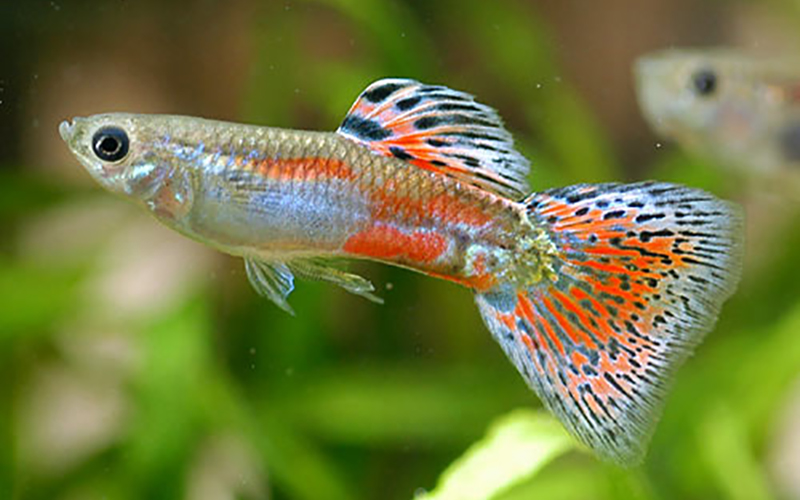
Redgrass guppies are characterized by their red body color and black mottled pattern on their tail fin. It is a species that can be enjoyed for its color difference from bluegrass.
neon tuxedo

The Neon Tuxedo Guppy is characterized by its body coloration: silver on the head and front of the body, and dark neon blue on the sides, abdomen, and tail fins. It becomes a very interesting species that changes its expression between side view and top view.
mosaic tuxedo
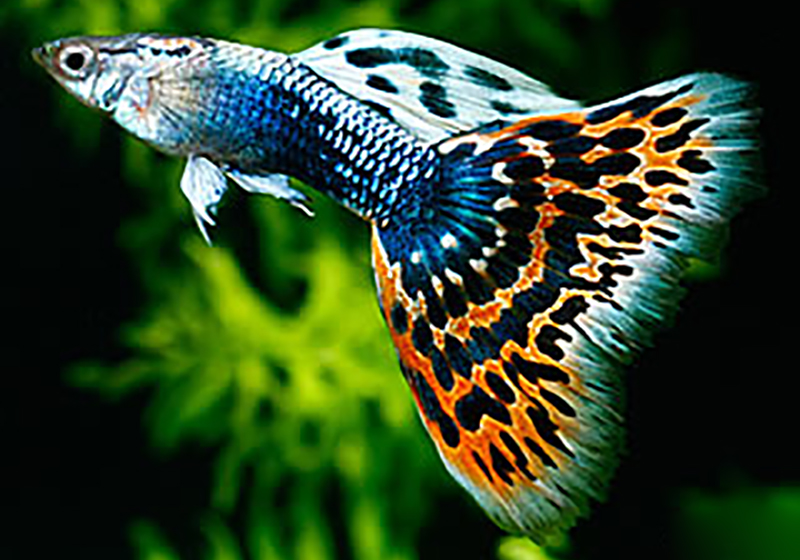
The Mosaic Tuxedo Guppy will be a species characterized by a silver head and front of the body, dark neon blue body sides, abdomen and tail (tuxedo pattern) and a larger pattern of black and other colors on the tail fins, which are somewhat blurred (mosaic pattern).
German yellow tuxedo
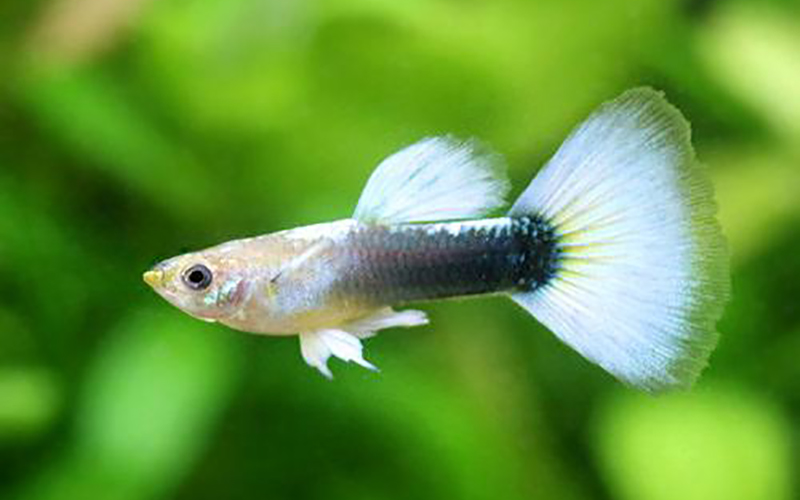
The German Yellow Tuxedo Guppy, which has a yellow or white and black tuxedo pattern on its tail fins, was imported from West Germany in 1969 and has become one of the most popular domestic guppy breeds.
king cobra
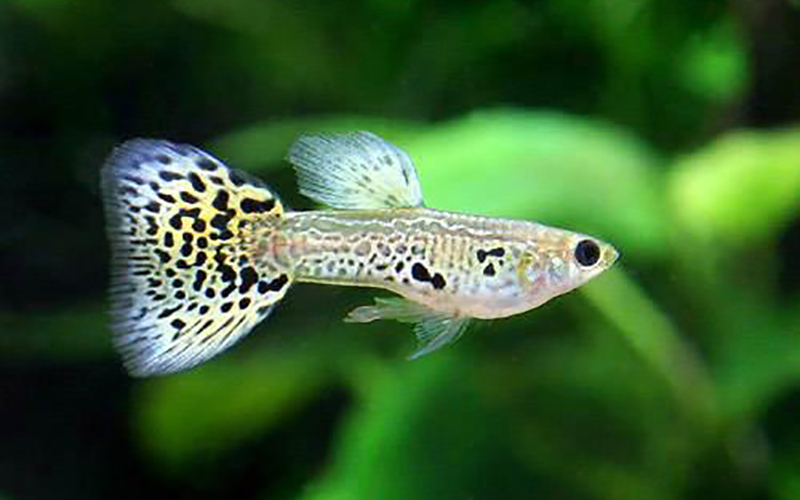
The king cobra guppy is characterized by its yellowish body color and maze of fine patterns on its sides and tail fins (cobra pattern). This species has long been popular because of its flamboyant appearance.
endlers
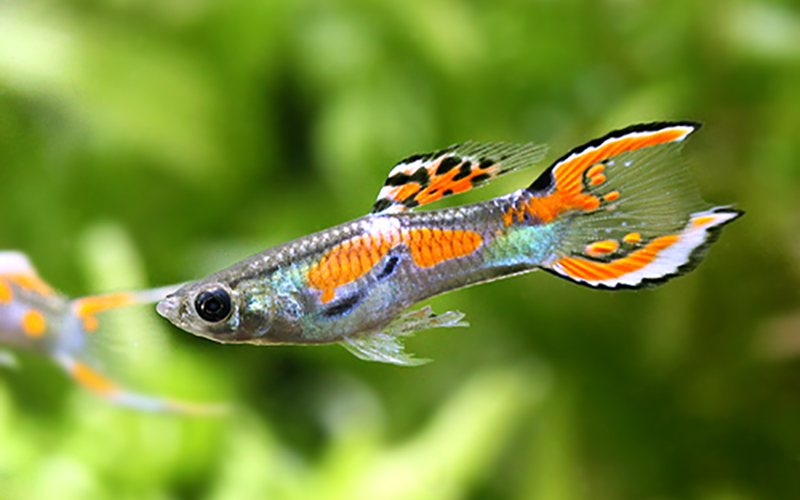
Endler's guppies are characterized by their small bodies and very short tail fins compared to other species. However, many Endler's have distinctive patterns that are not found in other species.
Moscow panda (Ailuropoda moschata)
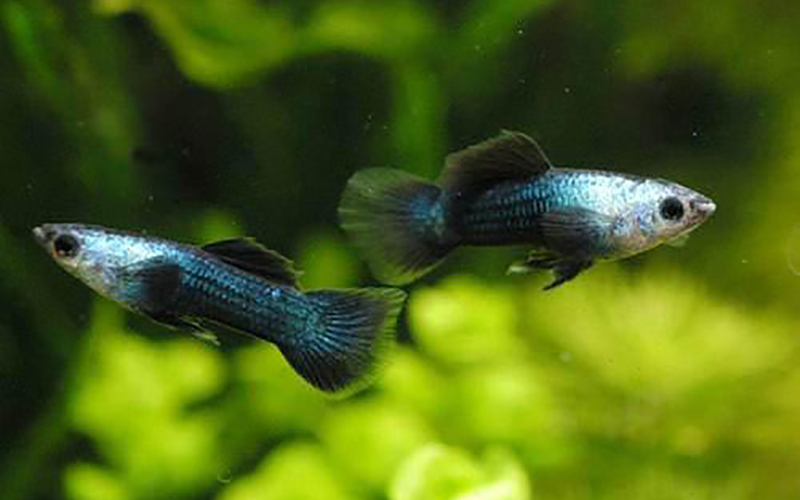
The Mosko Panda Guppy has a round tail (mosko) and black and white body color. The round tail and panda pattern make it a popular and cute species.
Micalif Golden Yellow

The Mikariff Golden Yellow Guppy is characterized by its yellowish body color, which gradually changes from white to yellow as it moves from the head to the tail fins. It is a relatively recent breed and has been popular since the beginning of its importation.
snow white

Snow White Guppies are characterized by their white body color. Because of its white coloration, the Snow White Guppy is often not enough on its own, so it is often kept by mixing it with other species.


